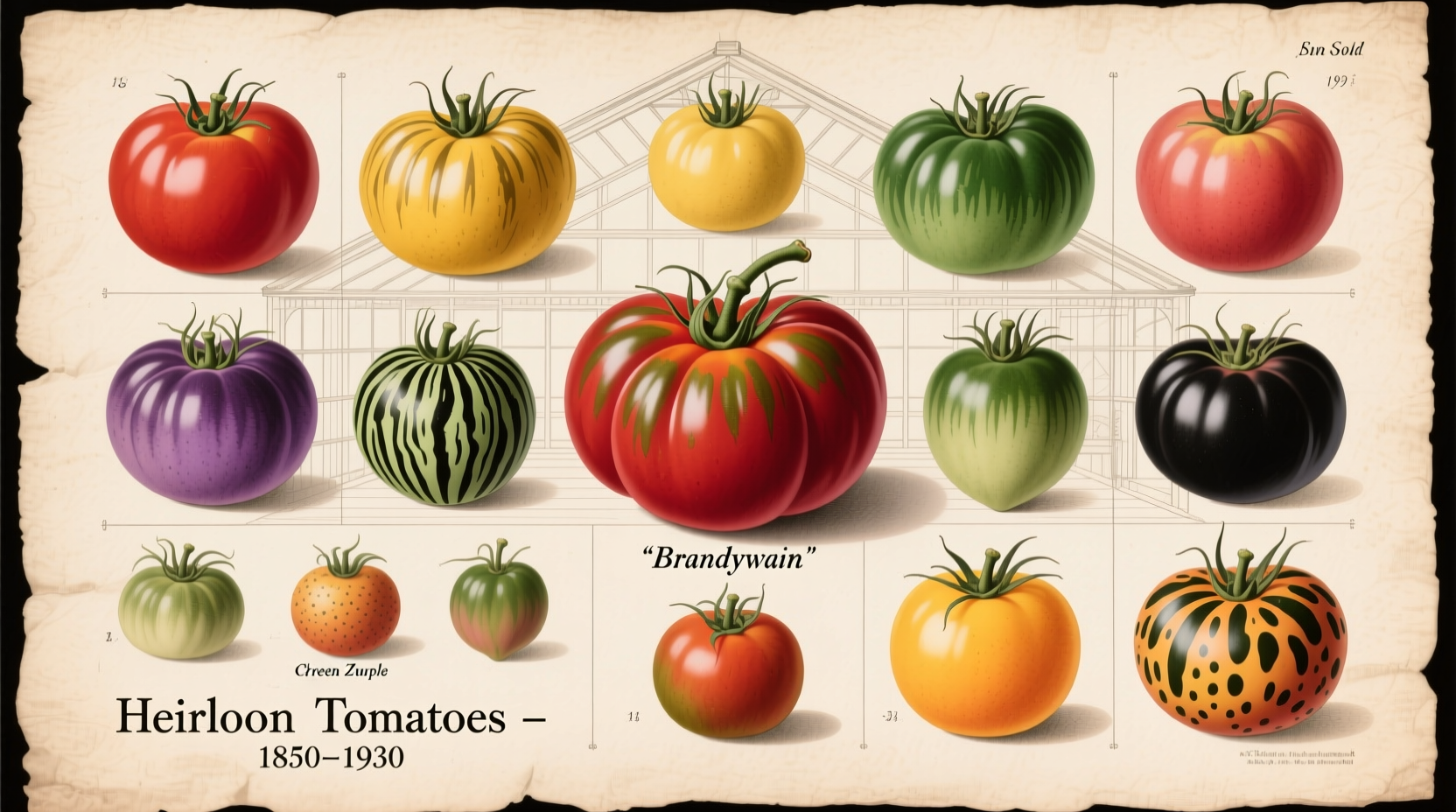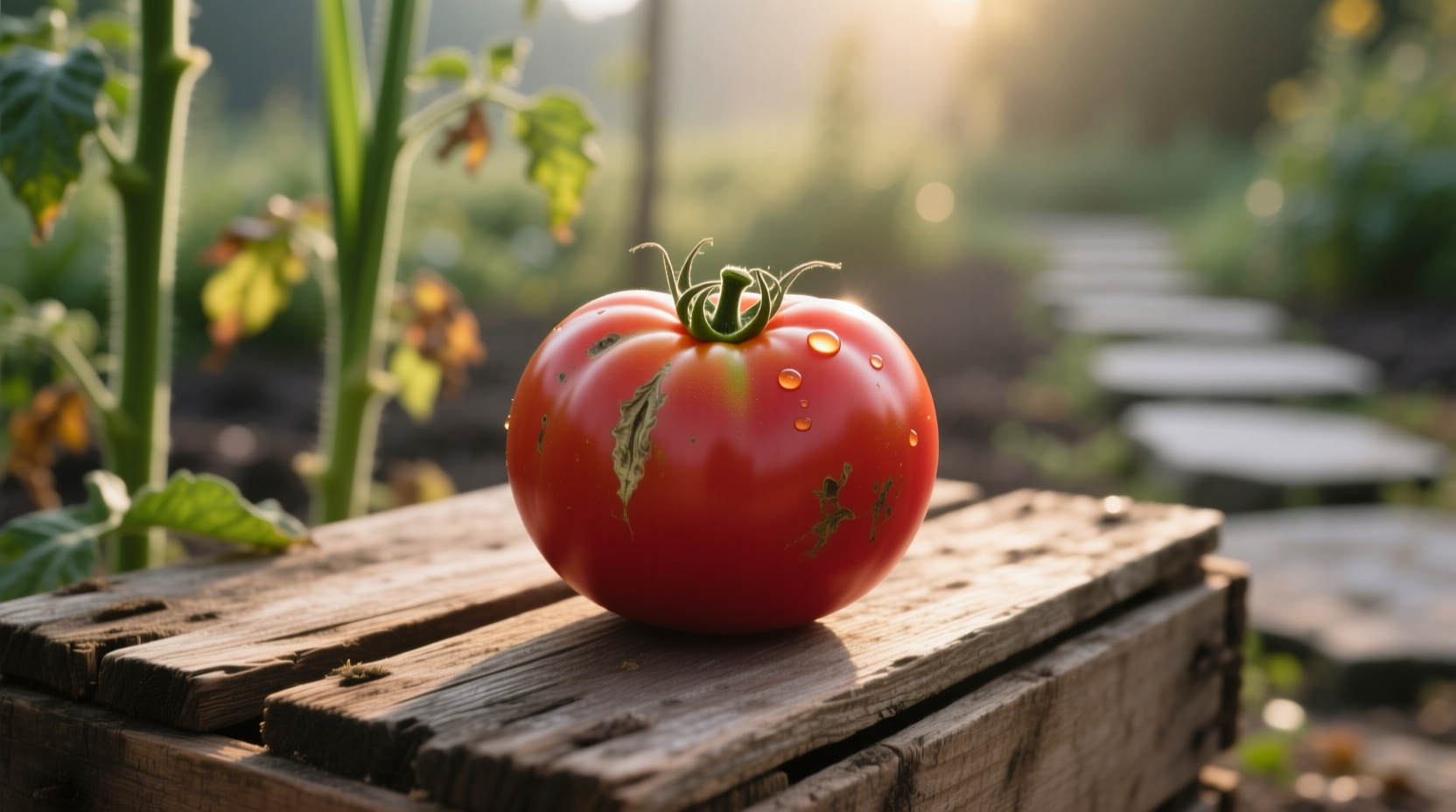The humble tomato transformed from a feared "poison apple" in 16th century Europe to today's global culinary staple through a remarkable journey of cultural acceptance, nutritional validation, and agricultural innovation. This botanical fruit—often mistaken for a vegetable—was initially rejected due to aristocratic misconceptions, then gradually embraced as cooking traditions evolved across continents.
Imagine biting into a sun-ripened heirloom tomato, its juices dripping down your chin—that simple pleasure nearly didn't exist in European cuisine. For over 200 years after Spanish explorers brought tomatoes from South America, these vibrant fruits were considered dangerous ornaments rather than food. This is the untold story of how the humble tomato overcame suspicion to become the world's most popular "fruit," appearing in 60 million tons of annual global production according to UN Food and Agriculture Organization data.
From Suspicion to Supper: The Tomato's Rocky Introduction
When Spanish conquistadors encountered tomatoes in Mesoamerica during the 1520s, they brought seeds back to Europe—but not for eating. European aristocrats displayed tomatoes as exotic curiosities in their gardens, believing the bright red fruits were poisonous. This misconception stemmed from two critical factors:
| Misconception | Historical Reality | Modern Understanding |
|---|---|---|
| "Poison Apple" theory | Lead poisoning from pewter plates reacting with acidic tomatoes | Tomatoes are acidic but perfectly safe to eat |
| "Solanum" family association | Confusion with deadly nightshade (same plant family) | Tomatoes contain negligible solanine |
| Medicinal use only | Used as topical treatment for skin conditions | Rich in lycopene with proven health benefits |
This USDA historical archive confirms that tomatoes weren't widely consumed in Britain until the 18th century, and even then, primarily by the lower classes who couldn't afford pewter tableware.
The Cultural Turning Point: When Tomatoes Became Tasty
While northern Europeans remained suspicious, southern European cuisines embraced tomatoes through three critical developments:
- Italian culinary integration - By the late 17th century, Neapolitan cooks began using tomatoes in sauces, creating the foundation for modern pasta dishes
- Spanish preservation techniques - Drying and canning methods developed in Spain made tomatoes available year-round
- American agricultural expansion - Thomas Jefferson's cultivation experiments helped tomatoes gain acceptance in North America
The real breakthrough came when chefs discovered that cooking tomatoes with olive oil significantly increased lycopene absorption—a nutritional benefit unknown at the time but crucial to the humble tomato's eventual health reputation. According to research published in the American Journal of Clinical Nutrition, this simple culinary technique made tomatoes a nutritional powerhouse.

Modern Tomato Diversity: Beyond the Red Globe
Today's tomato landscape reveals how far this once-humble fruit has come. While the standard grocery store tomato represents just 5% of available varieties, heirloom tomatoes now number over 10,000 distinct types worldwide. Consider these fascinating categories:
- Historical varieties - Like the 'Brandywine' (1885) and 'Cherokee Purple' (pre-1900)
- Regional specialties - Italy's 'San Marzano' DOP tomatoes with protected designation of origin
- Nutritional powerhouses - High-lycopene varieties developed through selective breeding
When selecting tomatoes, understanding their historical context helps appreciate their unique qualities. The USDA Agricultural Research Service maintains extensive records showing how modern breeding has balanced flavor, shelf life, and nutritional content—though many chefs argue we've sacrificed taste for transportability.
Bringing History to Your Table: Practical Appreciation
You don't need a time machine to experience the humble tomato's journey. Try these simple techniques to connect with tomato history:
- Seasonal eating - Enjoy tomatoes at summer peak as pre-industrial cultures did
- Variety exploration - Sample different heirloom types at farmers markets
- Traditional preparation - Make fresh tomato sauce using slow-cooking methods that maximize lycopene
When you slice a ripe tomato, you're participating in a culinary tradition that survived centuries of suspicion. This simple act connects you to generations of cooks who transformed a feared fruit into the cornerstone of global cuisine—a testament to how cultural perceptions can evolve through patient experimentation and shared knowledge.











 浙公网安备
33010002000092号
浙公网安备
33010002000092号 浙B2-20120091-4
浙B2-20120091-4